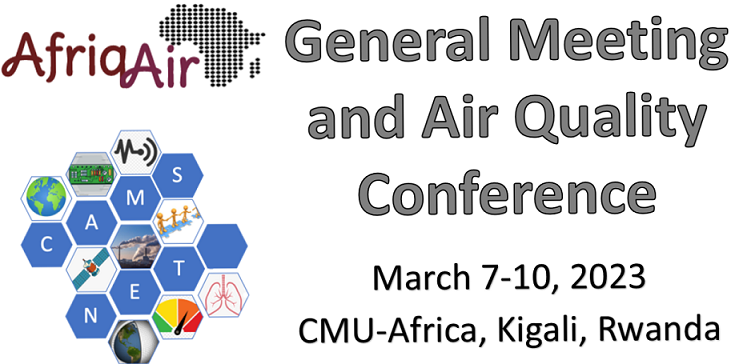Speaker
Description
Air pollution observations are primordial to establishing base knowledge about the conditions of an area. Monitoring networks using Low-Cost Sensors cover localized points, and the collection of representative spatial data becomes a limitation for studying large areas and possible existing relationships due to spatial heterogeneity. The present work attempts to develop indicators of the spatial representativeness for a nationwide network and evaluate the representativeness of an existing air pollution monitoring network while experimenting with two hypothetical scenarios with total provincial and municipal coverage. A spatial analysis approach is used, based on Thiessen Polygon interpolation (Nearest Neighbor), with the GDAL library, in QGIS, which allows the calculation of areas assigned to each monitoring site and related statistics as indicators. The resulting network design varied from 7 sensors (existing network) to 25 and 170 sensors for the provincial and municipal scenarios, respectively. In the same order, the minimum covered area reduced from 194 to 36 and 16 Km2/sensor, and the maximum areas from 191 579 to 167 603 and 40 747 Km2/sensor, while national coverage increased from 39% to 78% and finally 98%. It becomes clear that spatial representativeness indicators (minimum, maximum, and relative areas covered) improve the more distributed the monitoring is. However, this improvement needs to be compromised with the requirement of more equipment to increase coverage when resources are limited. This method may be used as a simulation to assess needs or paths for infrastructure growth and the pursuit of network optimization, benefiting both representation and economic analysis.

